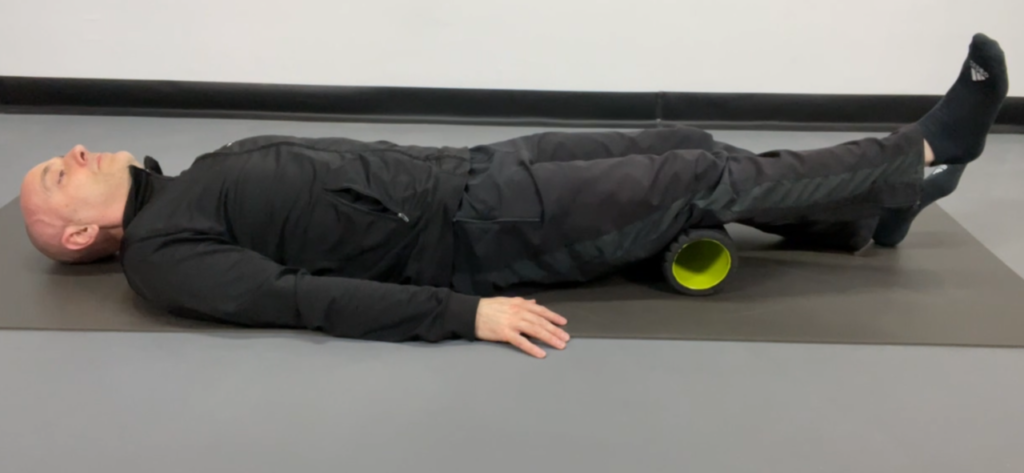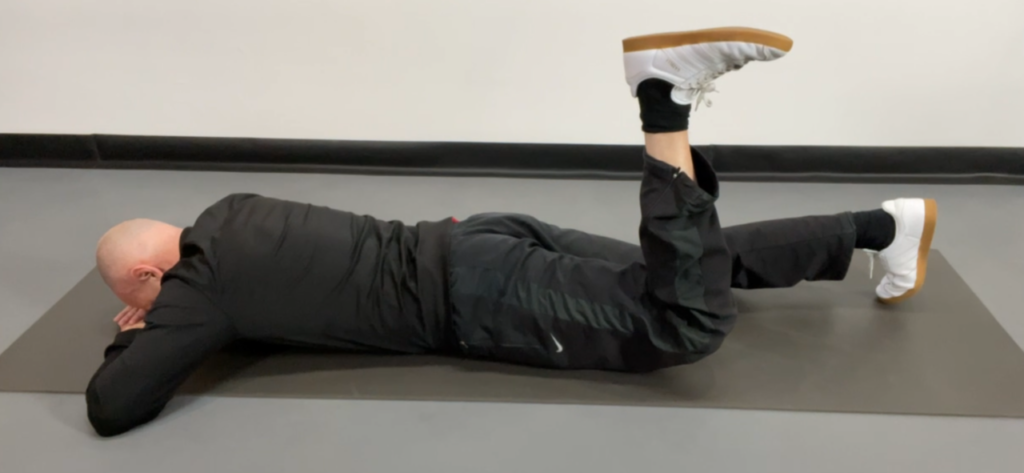In this post we discuss how to tell if a muscle is tight or weak and give you some suggestions to reduce any discomfort you might be feeling.

So you have a sensation coming from a muscle, how do you decide if it’s being caused by tightness or weakness?
And therefore whether you should stretch it or strengthen it?
This is a great question and one that frequently arises among the people I see for musculoskeletal issues.
Sensations don’t lead to solutions
The first thing to note is that a sensation is just that, it doesn’t indicate what solution you should apply.
Although nearly any sensation tends to instinctively lead people to stretch, there’s nothing inherent in a particular feeling that tells you its cause.
Let’s take a look at how some practitioners will seek to answer this question and the issues with these approaches.
Postural analysis
Many practitioners will simply look at the position of your joints and make a call on which muscles are ‘overactive’ and therefore need stretching, and which are ‘underactive’ and need strengthening.
This presents a number of problems. The first of which is that none of us has X-ray vision.
Our joints are covered in muscle, connective tissue, skin and maybe even clothes. It’s almost impossible to tell what’s what without the use of a scan.
The second is that we’re all subject to the same force: gravity. It’s not surprising that, over time, we tend to adopt certain postures.
These postures can lead practitioners to make common assumptions. For example, in the case of rounded shoulders, the muscles of the chest are presumed to be tight and the muscles of the upper back weak.
This posture may have nothing to do with your muscular system of course. It may be that you were tall as a child and felt self conscious, or that you’re simply having a bad day.
The concept of tonic and phasic muscles
Next we have the concept that muscles have primary roles, they’re either concerned with moving you or stabilising you.
You’ll see these called either phasic (the moving ones) or tonic (the postural ones).
The theory is that phasic muscles are more prone to weakness and therefore need strengthening, whereas tonic muscles usually get tight and therefore require stretching.
You may be able to see the holes in this one already. Muscles perform an array of tasks throughout the day and can adapt their function with regular training.
They are clearly not one thing for everybody.
Additionally, this concept tends to ignore the role of the nervous system which is critical, especially when there is pain or discomfort.
Trying to determine which muscle is causing your problems—and whether it’s a tonic or phasic muscle—is not a reliable basis for treatment decisions.
Range of motion as an objective measure
When trying to decide which muscles are tight and which might be weak, range of motion is an invaluable tool.
Lets say you have a sensation at the back of your thigh where your hamstrings reside.
By checking how far you can bend and straighten the knee of the affected side, and comparing it to your symptom-free side, you’ll get clues as to what the issue might be.
Perform the following assessment if you have sensations coming from the back of your thigh.
Knee extension assessment

Lying on your back place a roller or something similar in the back of your knees.
Slowly straighten the knee of the affected side as far as it will go without lifting away from the roller. Note how much extension you have available.
Now try the same on the other side. Is there a difference between how straight you can get each knee?
Knee flexion assessment

Lying on your front bend the knee of the affected side as far as you can
Note the distance between your heel and your buttock and whether you experience any cramp in your hamstrings.
Now try the same on the other side. Is there a difference?
What do differences in range of motion represent?
If you have a defecit in knee extension on your affected side, one possibility is that your knee flexors are preventing your knee from moving into a range of motion you can’t currently control.
Perform isometrics at this end range position and you should see that motion improve. This may have the added bonus of reducing tension in your knee flexors.
If you have a defecit in knee flexion, the sensation coming from your hamstrings may indicate they need some attention.
In standing hold on to a wall and slowly bend the knee of the affected side. When you reach a limit hold for 5 seconds. Repeat 5 times and you may find the sensation that was bothering you begin to dissipate.
Summary
If you have a sensation coming from what you believe is a muscle, don’t rush into stretching it.
Compare motion at the joint that muscle moves to the other side of your body.
If you find a limit on the affected side, try gently moving in the direction that seems limited with a light load. You might be surprised how quickly those sensations reduce.